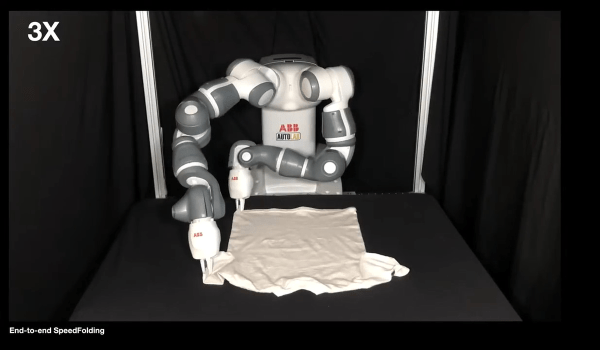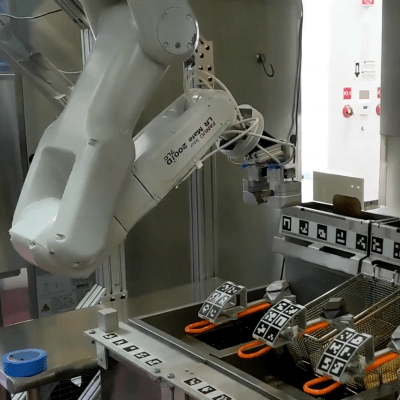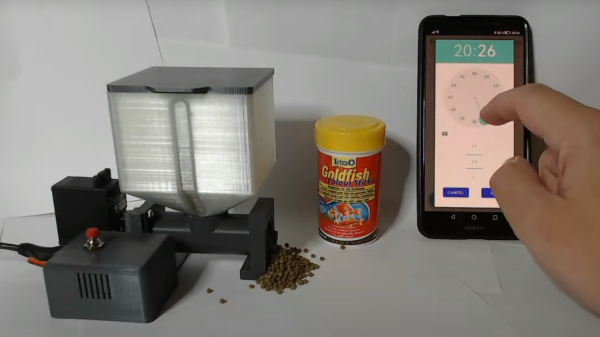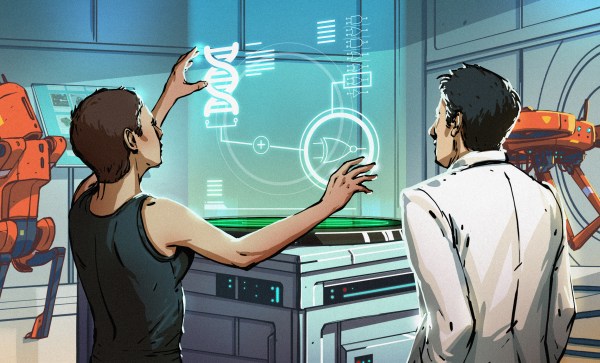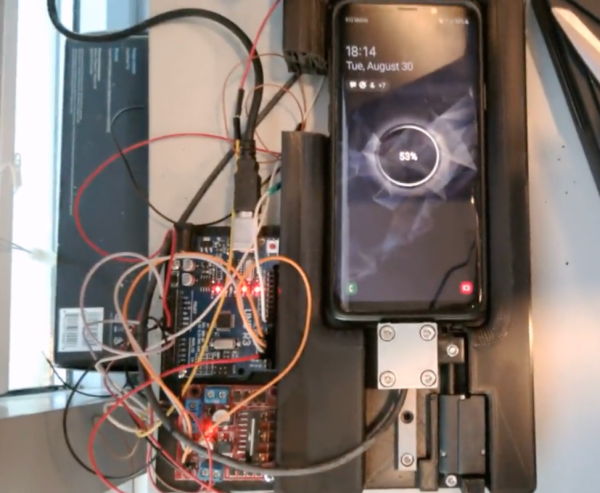Sometimes I try to do something magical, and it works. Most of the time this happens because other people have done a good part of the work for me, and shared it. I just cobble a bunch of existing tools into a flow that fits my needs. But the sum of all the parts is often less than the whole, when too many of the steps involve human intervention. Tools made for people simply keep the people in the loop.
For instance, I wanted to take a drawing that my son made into a stamp, by way of a CNC machine and whatever scrap wood we have kicking around in the basement. It’s easy enough, really. Take the photo, maybe use a little tweaking in GIMP to get the levels right, export it into Inkscape for the line detection and maybe even make the GCode right there, or take it off to any convenient SVG-to-GCode tool.
While this works straight out of the box for me, it turns out that’s because I have experience with all of the sub-tools. First, it helps a lot if you get the exposure right in the first place, and that’s not trivial when your camera’s light meter is aiming for grey, but the drawing is on white paper. Knowing this, you could set it up to always overexpose, I guess.
Still, there’s some experience needed in post-processing. If you haven’t played around with both image processing and image editing software, you don’t know how they’re going to interact. And finally, there are more parameters to tweak to get the CNC milling done than a beginner should have to decide.
In short, I had a toolchain up and running in a jiffy, and that’s a success. But in terms of passing it on to my son, it was a failure because he would have to learn way too many sub-tools to make it work for him. Bummer. I’m left wondering if I can streamline all of the parts to work together well enough, or whether I’m simply needed in the loop.

